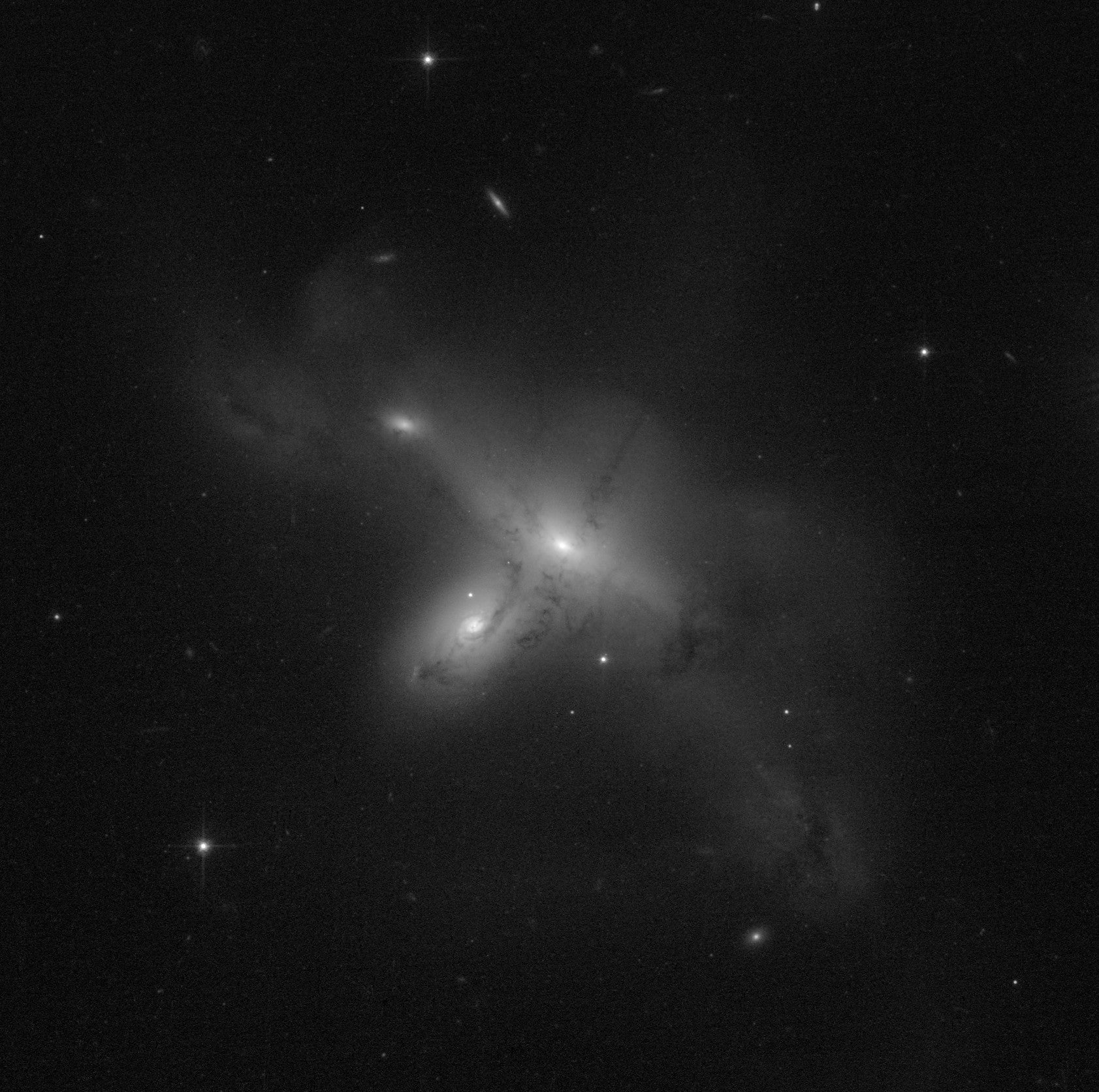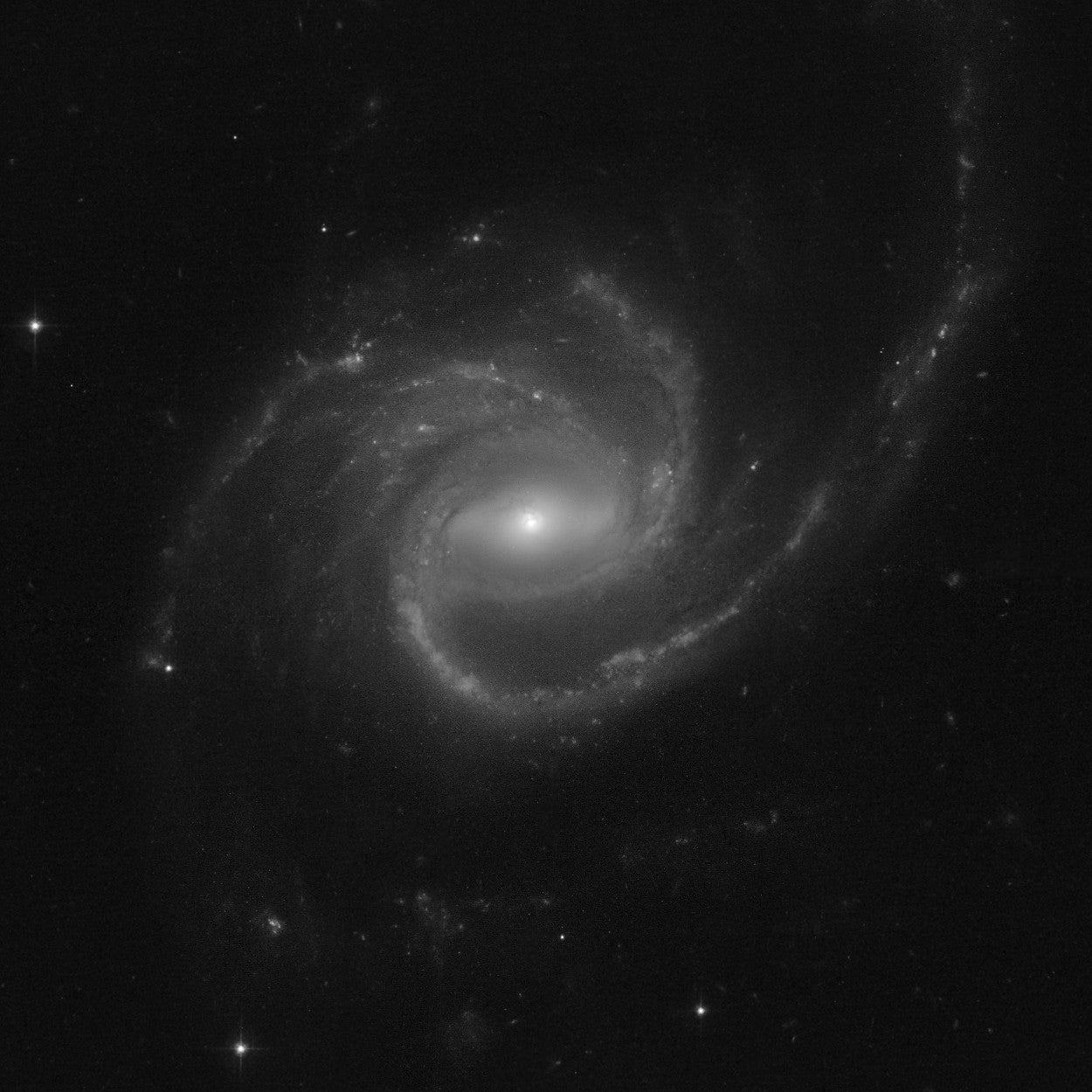It was looking grim there for a while, but Hubble is back in business after a computer glitch kept the space telescope offline for over a month. With no time to waste, the 31-year-old observatory is already back at work, capturing vivid new images of oddball galaxies.
Unsavoury billionaires blasting off into space are making us grouchy, so thank goodness for the Hubble Space Telescope. The storied observatory represents all that’s good about our ventures into space; to date, the telescope has taken more than 1.5 million observations of objects near and far, and its data has been cited in more than 18,000 scientific publications, according to NASA.
But recently it looked as though Hubble’s historic reign may be over, when a computer glitch shut down the show on June 13. The telescope was out of commission for over a month despite NASA’s efforts to bring it back. I feared the worst and began to mentally prepare for doing up an obituary. With hindsight, we can now say that reports of Hubble’s death were greatly exaggerated; NASA’s recovery team fixed the problem with backup hardware, allowing science operations to recommence on July 17 at 1:19 p.m. EDT.
It’s super good news, but needless to say, I was hardly the only person worried.

“I’ll confess to having had a few nervous moments during Hubble’s shutdown, but I also had faith in NASA’s amazing engineers and technicians,” Julianne Dalcanton, an astronomer at the University of Washington in Seattle, said in a statement. “Everyone is incredibly grateful, and we’re excited to get back to science!”
Dalcanton is an early beneficiary of Hubble’s resuscitation, as her team is using the space-based telescope to gather images of peculiar galaxies, including an interacting pair and a large spiral galaxy with an extra appendage.
The interacting pair is called ARP-MADORE2115-273, and it’s located 297 million light-years away. The newly released view is Hubble’s first high-resolution image of the system. Scientists thought that ARP-MADORE2115-273 was a ring galaxy caused by a collision, but the new image suggests that “the ongoing interaction between the galaxies is far more complex, leaving behind a rich network of stars and dusty gas,” as NASA explains.
So yeah, Hubble goes back to work, and we’re instantly learning new things.

Like the Milky Way, ARP-MADORE0002-503 is a spiral galaxy. Unlike the Milky Way, however, this galaxy has three spiral arms instead of the usual two. It’s also a lot bigger than our galaxy, featuring a radius of 163,000 light-years, making it about three times wider than the Milky Way.
Other pending tasks on Hubble’s to-do list include observations of globular clusters in distant galaxies and scans of auroras on Jupiter. After three decades of dutiful service, Hubble continues to act as our watchful eye on the cosmos, and there’s something very comforting about that.
